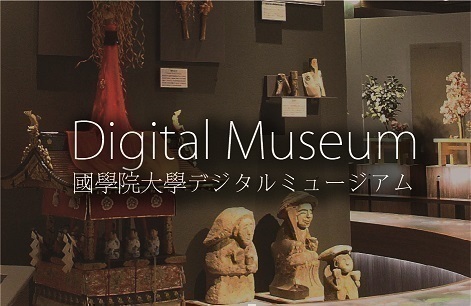- トップ
- Encyclopedia of Shinto
- Haraedo
Encyclopedia of Shinto
| Main Menu: | |
| Links: |
詳細表示 (Complete Article)
| カテゴリー1: | 2. Kami (Deities) |
|---|---|
| カテゴリー2: | Concepts of Kami |
| Title | Haraedo |
| Text | [Haraedo no kami] The tutelary kami of a place (do) for the performance of purification (harae). The expression haraedo (alt. haraedono) is found in ancient works such as the Engishiki and the section on the Great Purification within the Jingiryō to refer to places used for the performance of formal public ceremonies of purification. Various records from the Heian period on likewise use the term to refer to places for the performance of purification. The haraedo no kami refers to the four kami mentioned by name in the Ōharae no norito for the Great Purification observed on the last day of the sixth month, namely Seoritsuhime, Hayaakitsuhime, Ibukidonushi, and Hayasasurahime. These four kami purify the Central Land from its imperfections (tsumi) and pollution (kegare), but since the four names are not found in the Kojiki and Nihongi, it is unclear what deities they might refer to in those two works. Most theories suggest the four are the same kami produced by Izanagi during his purification at Awagihara. Motoori Norinaga, for example, identified Seoritsuhime with Yasomagatsuhi no kami, Hayaakitsuhime with Izunome no kami, and Ibukidonushi with Kamunaobi no kami. Some theories further associate Hayasasurahime with Kazaketsuwakenooshio no kami, while still others suggest that the three kami of Sumiyoshi (Uwazutsunoo, Nakazutsunoo, Sokozutsunoo ) should be included with the haraedo no kami. -Matsubara Seiji |




